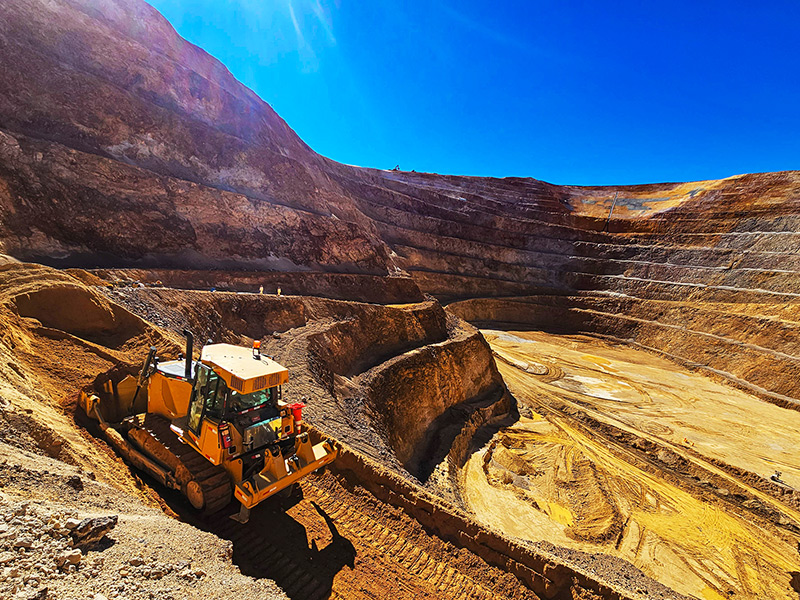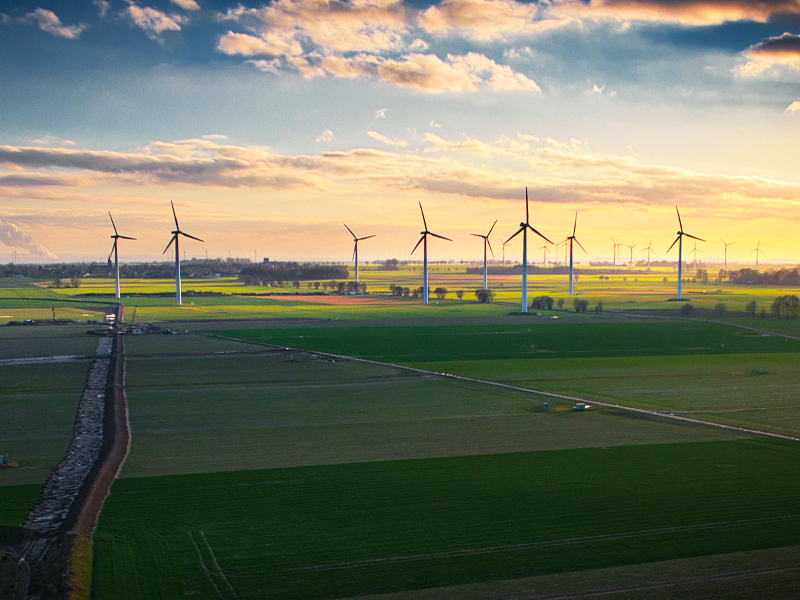
Authors
-
Denielle Harrison
Former Manager, BSR
Climate change has risen to the forefront of the business agenda. Companies like Amazon and other members of BSR’s Future of Fuels collaboration are exploring sustainable fuel technologies to minimize their greenhouse gas emissions and are in turn helping to accelerate the transition to a sustainable road freight system.
Private-sector collaborations are key to addressing broad challenges like climate change. By sharing best practices and fostering peer learning, companies in BSR’s Future of Fuels can accelerate and scale the adoption of sustainable fuel technologies faster than doing so alone. To that end, Future of Fuels launched its case study library in 2018 to provide a forum for our members and Sustainable Fuel Buyers’ Principles signatories who have tested sustainable fuel technologies to share their best practices, challenges encountered during implementation, and recommendations to other companies exploring similar fuel technologies.
Our latest addition to the Future of Fuels case study library is from Amazon, which collected operational data from electric delivery vans used in Paris, Milan, and Madrid over six months in 2018. Recently, I spoke with Ross Rachey, Director of Global Fleet & Products, Amazon Logistics at Amazon, to discuss the company’s approach to sustainable fuel technologies and how their work supports their broader climate and sustainability agenda.
The Amazon Case Study
Denielle: Amazon has strong ambitions on climate change mitigation. Talk me through the climate commitments Amazon has made on renewable energy, being carbon neutral, and Shipment Zero.
Ross: In September 2019, Amazon co-founded The Climate Pledge with Global Optimism, and Amazon became the first signatory to The Pledge. The Climate Pledge calls on signatories to be net zero carbon across their businesses by 2040—a decade ahead of the Paris Agreement goals. Within this commitment, we are working on goals to eliminate carbon emissions from specific portions of our operations even sooner. For example, Shipment Zero is focused on customer shipments, aiming to deliver 50 percent of our packages with net zero carbon by 2030. And, our goals to become 80 percent powered by renewable energy by 2024 and 100 percent by 2030 will eliminate carbon emissions from the electricity that supplies Amazon’s fulfillment centers, data centers, and other operations.
Denielle: Why did Amazon launch Shipment Zero? How do sustainable fuel technologies, such as electric delivery vans, fit into Amazon’s vision?
Ross: We are working backwards from our desire to innovate on behalf of customers, using a science-based approach to implement sustainable technologies and practices across our business. Last year, Amazon culminated a multi-year effort to measure greenhouse gas emissions from our business—and release it publicly—so that we could prioritize the parts of our business where we want to focus our decarbonization efforts. We plan to implement strategies in line with the Paris Agreement, including efficiency improvements, renewable energy, materials reductions, transportation electrification, and other strategies. This includes our plan to purchase 100,000 Rivian fully-electric delivery vehicles, with the first vehicles starting to deliver packages in 2021.
Denielle: How did Amazon come to the decision to explore and test electric vans?
Ross: Through participation in BSR's Future of Fuels collaboration, other public forums, and a review of available academic literature, we’ve spent the last three and a half years learning where clean transportation technologies and operational duty cycles are aligned, what Calstart calls the “Beachhead Strategy”, to decarbonize the transportation sector. In line with the logic of that strategy, Amazon has already deployed battery and fuel cell forklifts, and other clean technologies in many of our logistics facilities. Electrification of last-mile delivery is the logical next step. The last-mile duty cycle with daily routes and overnight parking and charging is well-suited to electrification.
As the share of clean and renewable energy sources grow, efforts to electrify transportation systems will deliver greater dividends and greater environmental impacts.
Denielle: Why did Amazon begin testing electric vans in Europe? Are there particular advantages of testing in the European market compared to the United States and other markets?
Ross: We began testing in Europe because EV delivery vans that potentially suit our duty cycle were available from multiple manufacturers. We were excited about the opportunity to get vehicles on the road and begin learning more about electric vehicle operations. We’ve carried these learnings to pilots we’ve launched in other countries including United States, India, etc., and the learnings were foundational for the electric vehicle orders we are currently placing globally.
Denielle: Given your commitment to Shipment Zero and electric last-mile delivery vehicles, what’s next for Amazon in sustainable fuel technologies?
Ross: Amazon will continue working to deepen our knowledge when it comes to zero emissions transportation. While we are committed to electrification in some duty cycles, there are other technologies like renewable natural gas and hydrogen fuel cells that may be better suited to other duty cycles, and we will continue exploring these opportunities as they develop.
Understanding Sustainable Fuel Adoption
Denielle: Many companies are hesitant to explore various fuel technologies and build a portfolio, primarily due to concerns over operational complexity and financial risk. From your experience, what is the benefit of a company developing a portfolio of sustainable fuel technology options?
Ross: It’s true, there are costs, risks, and complexities in adopting a new technology, but technological innovation is in Amazon’s DNA, and we want to work with the innovators of today to ensure the clean technologies of tomorrow are designed to meet the demands of our customer-obsessed approach. We are confident that electric vehicle technology presents a host of advantages over traditional combustion engines, and we are excited to play an active role on further advancing electric transportation and continuing to explore additional alternative sustainable fuel technologies.
How to Enable and Influence the Future of Fuels
Denielle: In the context of Amazon’s climate commitments, using electricity as a fuel technology presents an interesting dilemma. While there are no tailpipe emissions, there can be emissions from electricity use if the electricity is not produced with renewable energy. How important is the "greening" of global energy infrastructure and increasing the renewable energy available on the grid to achieving Amazon’s goals, and what can companies do to promote that shift?
Ross: Clean energy is critical if we are going to rely on transportation electrification as a key strategy in the toolkit to fight climate change, but we can’t wait for a clean grid before we electrify transportation systems with the appropriate duty cycles. Just as Amazon has set a Shipment Zero target to deliver 50 percent of customer shipments net zero carbon by 2030, Amazon has publicly committed to achieve 100 percent renewable energy supply globally by 2030, in collaboration with utilities and renewable energy developers. As the share of clean and renewable energy sources grow, efforts to electrify transportation systems will deliver greater dividends and greater environmental impacts.
Topics
Let’s talk about how BSR can help you to transform your business and achieve your sustainability goals.







